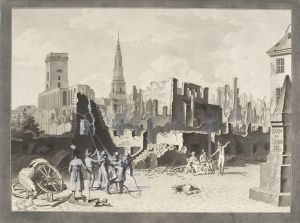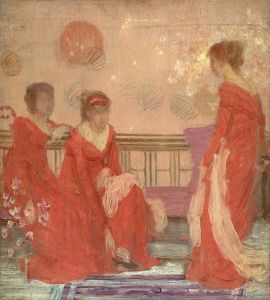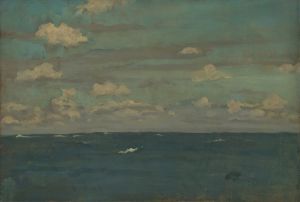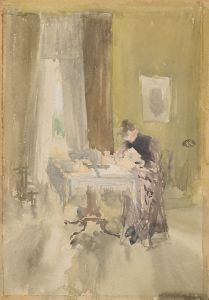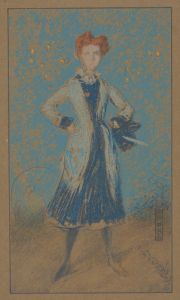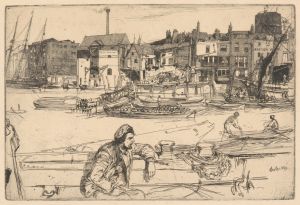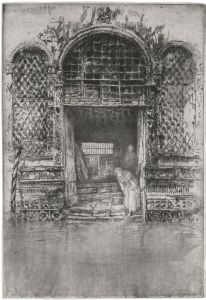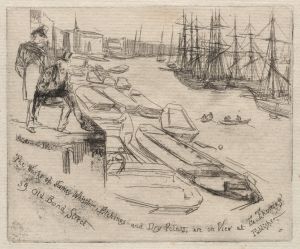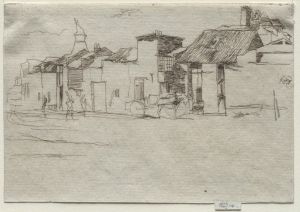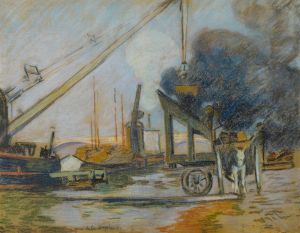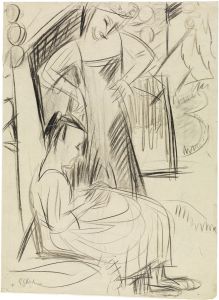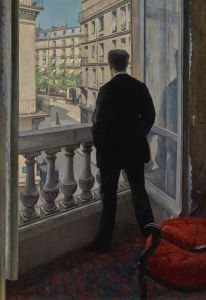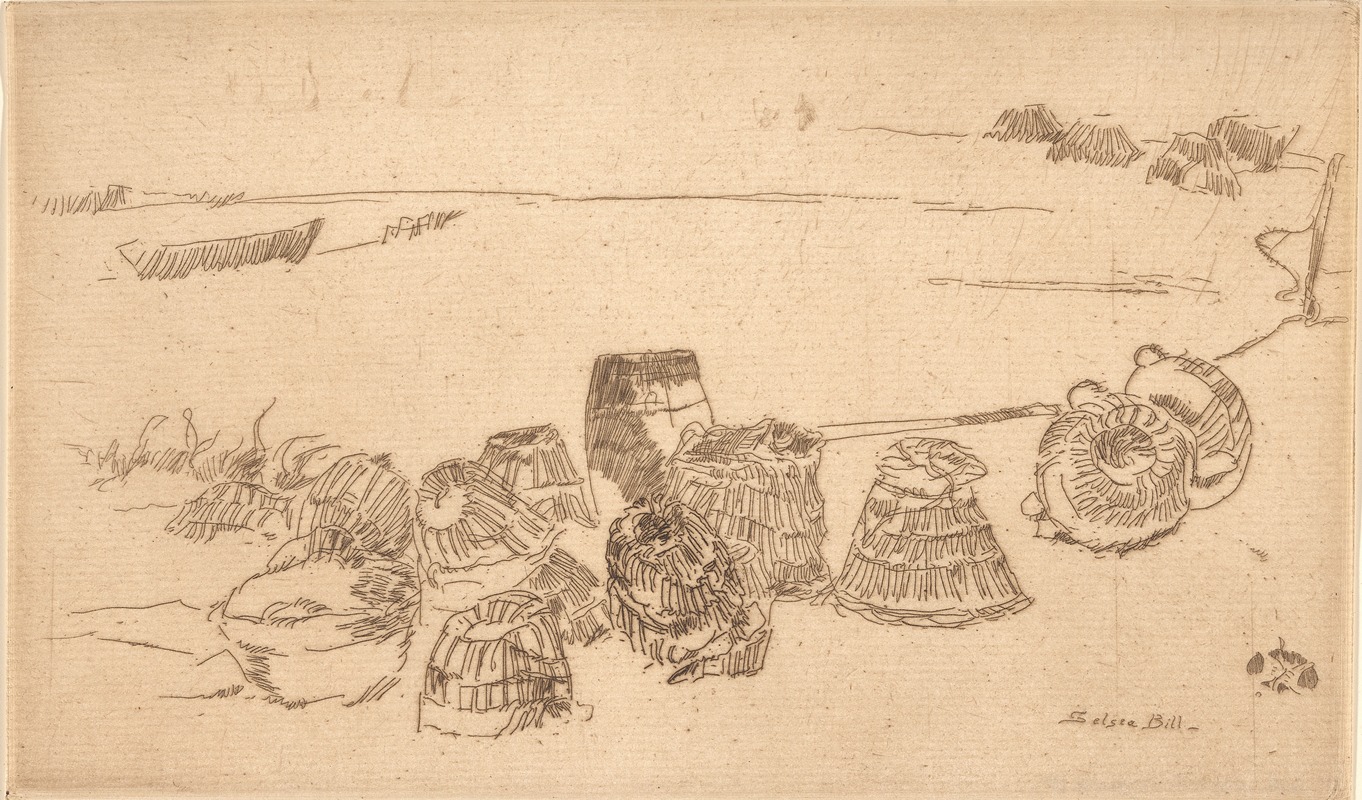
Little court
A hand-painted replica of James Abbott McNeill Whistler’s masterpiece Little court, meticulously crafted by professional artists to capture the true essence of the original. Each piece is created with museum-quality canvas and rare mineral pigments, carefully painted by experienced artists with delicate brushstrokes and rich, layered colors to perfectly recreate the texture of the original artwork. Unlike machine-printed reproductions, this hand-painted version brings the painting to life, infused with the artist’s emotions and skill in every stroke. Whether for personal collection or home decoration, it instantly elevates the artistic atmosphere of any space.
James Abbott McNeill Whistler was an American artist known for his paintings and etchings, and he played a significant role in the aesthetic movement of the late 19th century. However, there is no widely recognized painting titled "Little Court" by Whistler. It is possible that there might be confusion with another work or that the title is not well-documented in public records or major art collections.
Whistler is best known for works such as "Arrangement in Grey and Black No. 1," commonly known as "Whistler's Mother," and his series of "Nocturnes," which depict night scenes in a subtle and atmospheric manner. His style was characterized by a focus on mood and color harmony, often prioritizing aesthetic beauty over representational accuracy. Whistler's approach was influenced by his belief in "art for art's sake," a philosophy that art should be appreciated for its beauty and emotional power rather than its narrative content.
Whistler's career was marked by his innovative use of color and composition, as well as his sometimes controversial public persona. He was known for his sharp wit and was involved in several public disputes, most famously with the art critic John Ruskin. This particular conflict arose after Ruskin harshly criticized Whistler's painting "Nocturne in Black and Gold: The Falling Rocket," leading to a libel lawsuit that Whistler won, albeit with minimal damages.
Throughout his life, Whistler produced numerous etchings and lithographs, which were highly regarded for their technical precision and artistic quality. His work in these mediums contributed significantly to the revival of printmaking in the 19th century. Whistler's influence extended beyond his own work, as he played a pivotal role in the development of modern art, impacting artists such as the Impressionists and later movements.
Whistler spent much of his career in Europe, particularly in London and Paris, where he was part of a vibrant artistic community. His friendships and interactions with other artists and intellectuals of the time enriched his work and helped to cement his place in art history.
Despite the lack of specific information on a painting titled "Little Court," Whistler's legacy as a pioneering artist remains well-documented. His contributions to the art world continue to be celebrated, and his works are held in major museums and collections worldwide. If "Little Court" is indeed a lesser-known or undocumented work, it would be advisable to consult specialized art historical resources or archives for further information.






